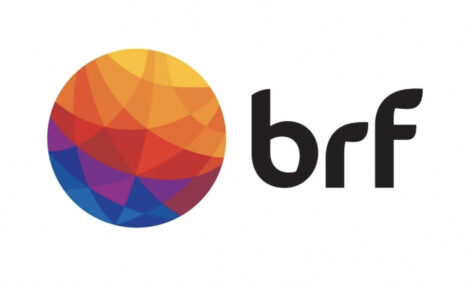



Invention Spotlight: PRRS Vaccine
US - Minnesota vies with North Carolina as the second-largest producer of pork in the United States. In the 1980s, a swift and deadly virus threatened to decimate the swine population of North America and Europe.Porcine Reproductive and Respiratory Syndrome (PRRS) causes stillbirths, miscarriages and piglet mortality rates as high as 70 per cent in infected herds. PRRS was the most financially burdensome disease swine farmers had ever experienced.
In order to produce a vaccine, scientists struggled to first isolate, and then reproduce, the virus in a lab setting. In 1991, University of Minnesota professor James Collins and his colleagues cracked the unrelenting virus when they discovered they could grow it quickly and efficiently on the kidney cells of a monkey. The breakthrough led to a partnership with Boehringer Ingelheim, and later, a vaccine that would preserve swine herds around the world.
Today, the PRRS vaccine is one of the highest selling veterinary vaccines in the world. Royalties from the patent continue to fund research projects at the U of M through the Veterinary Diagnostic Laboratory, leading to other PRRS treatments.
Further Reading
|
| - | Find out more information on porcine reproductive respiratory syndrome (PRRS) by clicking here. |








